Well, just look at Cambodian costumes in 2 parts. According to Wikipedia , from the end of the 13th century, Cambodian women wore a colored piece of cloth called Av Chang Pong, which mainly covered the chest but left the stomach exposed. It later developed into Tronum, a thick and sturdy cloth that covered the chest and hugged the body. Av Tronum was popular among wealthy young women from the Chatomok era; today it is an important costume in Khmer classical dance.
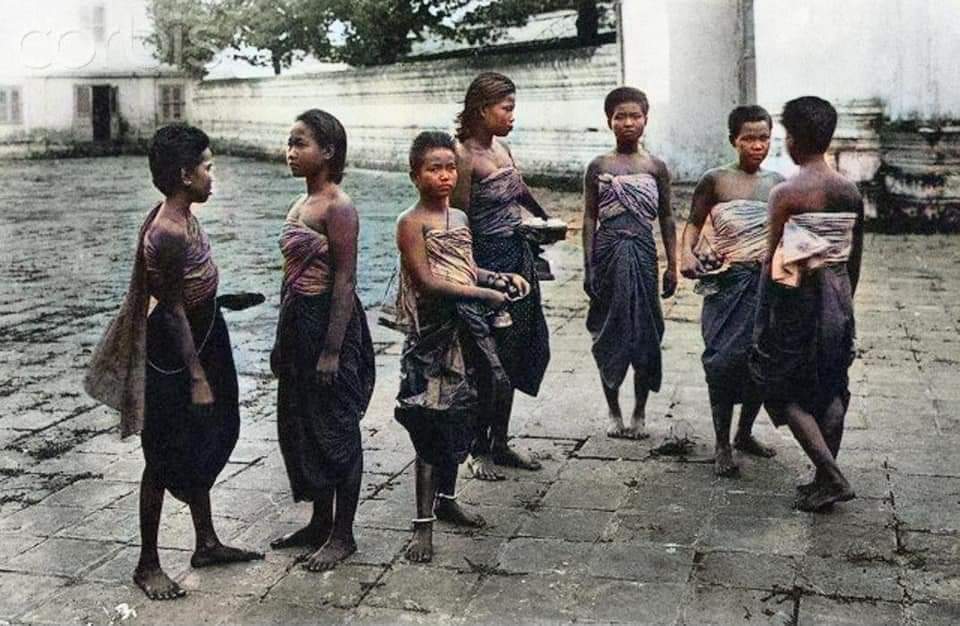
20th century Khmer women's clothing
The Av Bupok is a long dress, more like a skirt than a regular shirt, similar to the Vietnamese Ao Dai, the Malaysian Baju Kurung, and the Indian Kurta. It has a collar with a button that ties from the neck to the chest, and a narrow waist. It was worn by wealthy women in Oudong, a town during the post-Angkorian period (1431–1863).
There is also the Av Bampong which looks like a long, body-hugging tube and the traditional Av Dai Paong blouse from the Longvek period. Dai Paong means short puffed sleeves, usually with a row of buttons down the front. Only the wealthiest women of that era could afford this type of blouse.
The Av Phnat Kbach is a formal shirt, worn primarily by young women of the upper class. It is decorated with a row of patterned pleats, combined with a collar and cuffs of the same style.
The popular dress for women in Cambodia is the Av Neang Nov, a long-sleeved dress, accompanied by the sleeveless Av Bar Bov jacket, worn over the Av Neang Nov and Av Dai Paong. It has double buttons at the folds. The name Av Bar Bov means lotus leaf in Thai.
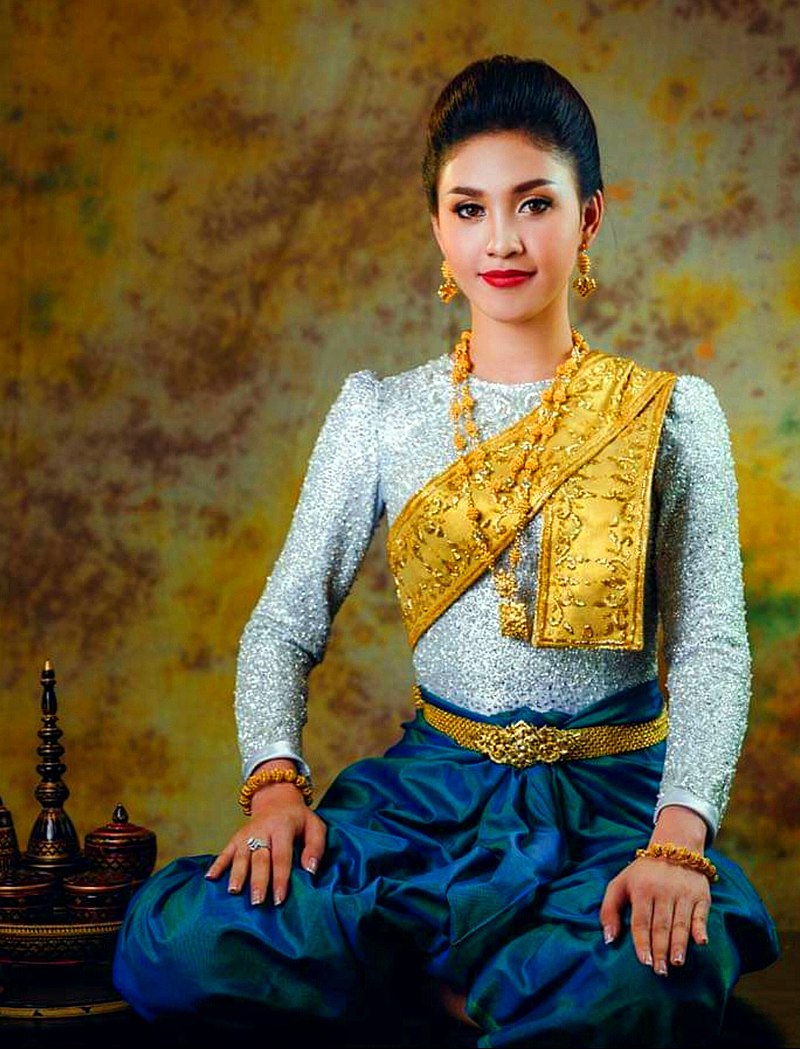
Traditional Cambodian Costume
During the SEA Games, you can see Cambodian women wearing the Av Pak, a recently popular fashion dress made of cotton, with elaborate hand-painted patterns, embroidered with gold thread and silk. In the past, this dress was pure white, high-collared, and embroidered with flowers all over. Nowadays, it has added gold thread and colorful embroidery. This dress is often worn by young and middle-aged women, affirming national identity in a modern way when worn both at home and abroad. It is often combined with the Sampot Hol, sometimes with the Sampot Chang Kben – a cloth wrapped around the lower body.
What's strange about the bottom part of the outfit?
First is the Sampot, a sarong about 1.5 meters long; the two ends of the cloth are sewn together to form a tube-shaped piece worn on the lower half of the body, extending to the ankles. The Sampot Chang Kben is more like a pant than a skirt. It is a rectangular piece of cloth 3 meters long and 1 meter wide, worn by wrapping it around the waist, extending away from the body and knotting it with a metal belt.
Sampot Tep Apsara is a type of Sampot from the Khmer Empire associated with royal Apsaras. It has two knots tied at the waist, and is often worn by modern dancers. Sampot Chang Samloy is a long daytime dress for both men and women, made from a thin, soft fabric decorated with patterns similar to the Batik sarong.
In classical dance, dancers usually wear Sampot Charobab, which is a long silk dress embroidered with gold thread. Newlyweds also often wear this costume or Sampot Lbaeuk, a long embroidered silk dress, often used in marriage ceremonies.
In addition, Cambodians may wear the Sampot Seng, a short embroidered silk skirt; the Sampot Sesay, a monochrome skirt with a strip along the bottom hem embroidered with gold or silver; the Sampot Lbaeuk, reserved for the nobility, and the long Sampot Anlonh, worn by the elderly or people in the countryside.
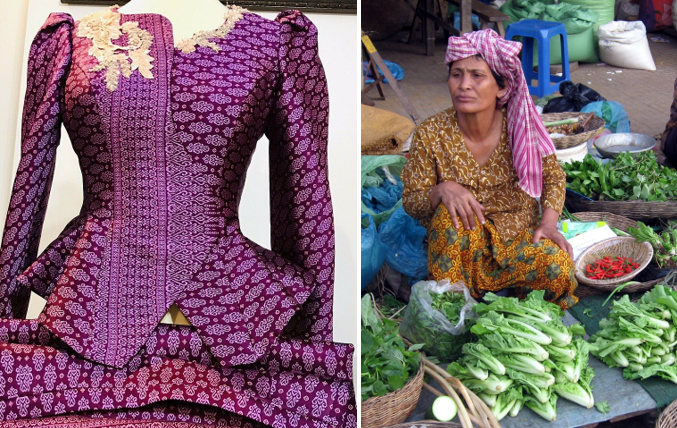
A modern Cambodian dress (left) and a vegetable vendor's outfit in Kampong Thom province, Cambodia
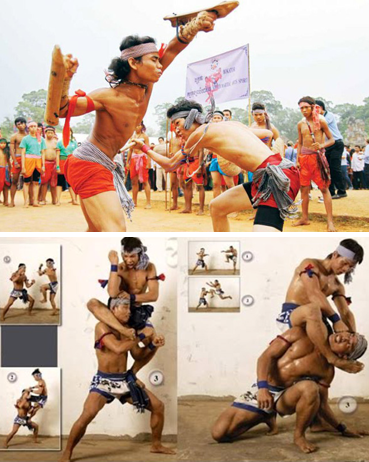
Bokator fighters wear Krama scarves during competition
Finally, there is the Krama, a very typical Cambodian checkered scarf, dating back to the reign of Preah Bath Hun Tean in the first century. This scarf is a feature that distinguishes Cambodians from their neighbors such as Vietnam, Thailand and Laos. It is used as a scarf, bandana, veil, decoration and as a hammock or doll for children.
Cambodians can use it as a towel or sarong, or even as a weapon. Bokator fighters often wrap Krama around their waists, heads, and fists, including those competing in Kun Bokator at the 32nd SEA Games, alongside Kun Khmer, another traditional Cambodian martial art.
Source link



![[Photo] Ho Chi Minh City holds funeral for former President Tran Duc Luong](https://vphoto.vietnam.vn/thumb/1200x675/vietnam/resource/IMAGE/2025/5/24/9c1858ebd3d04170b6cef2e6bcb2019e)



![[Photo] Party and State leaders visit former President Tran Duc Luong](https://vphoto.vietnam.vn/thumb/1200x675/vietnam/resource/IMAGE/2025/5/24/960db9b19102400e8df68d5a6caadcf6)





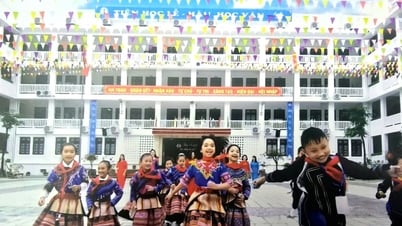
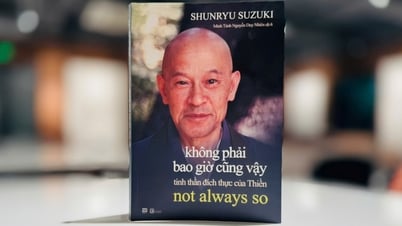

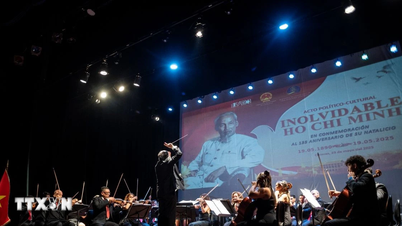







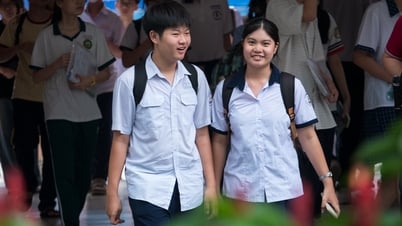

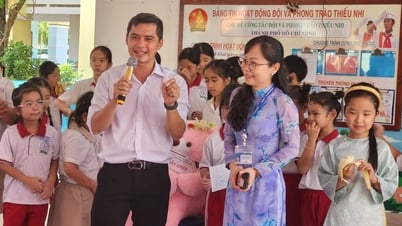

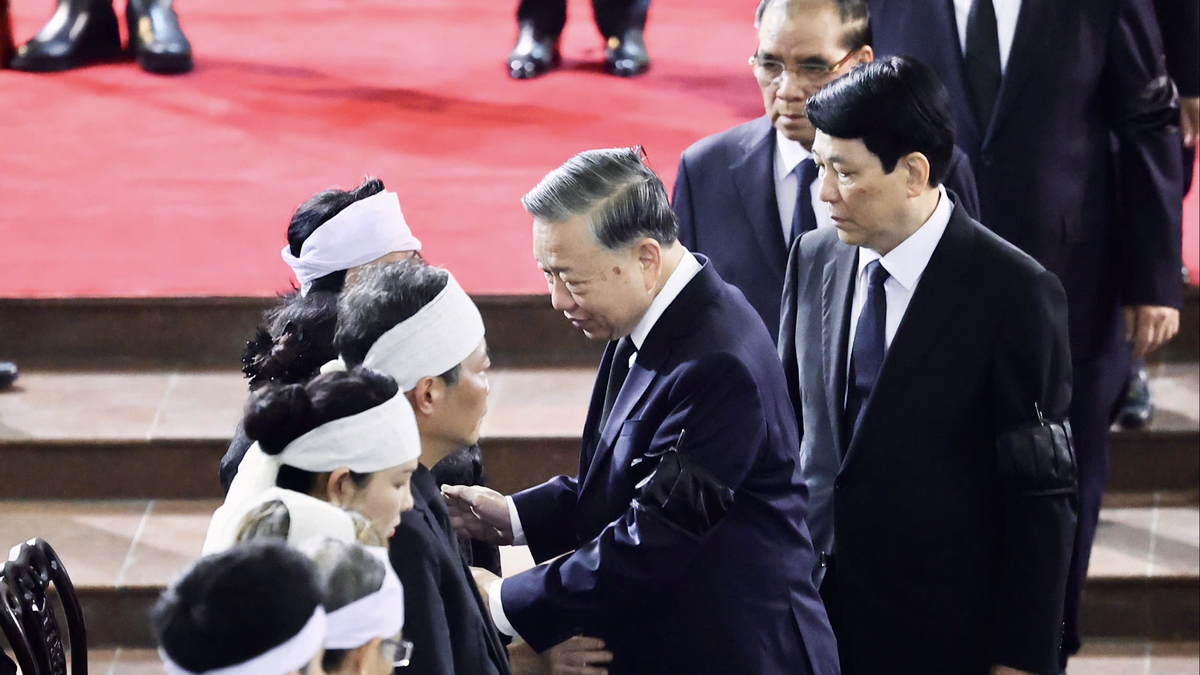










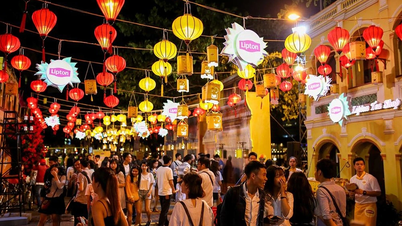




















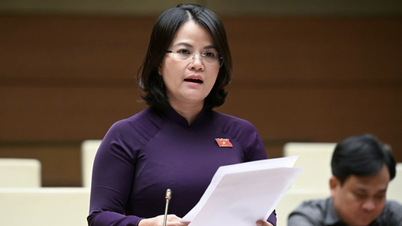



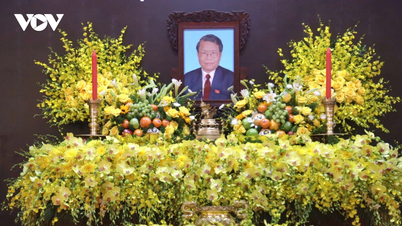
















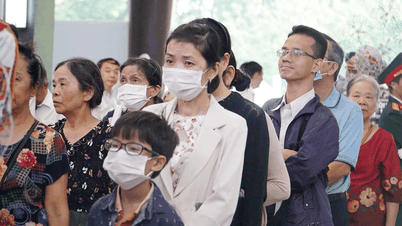












Comment (0)